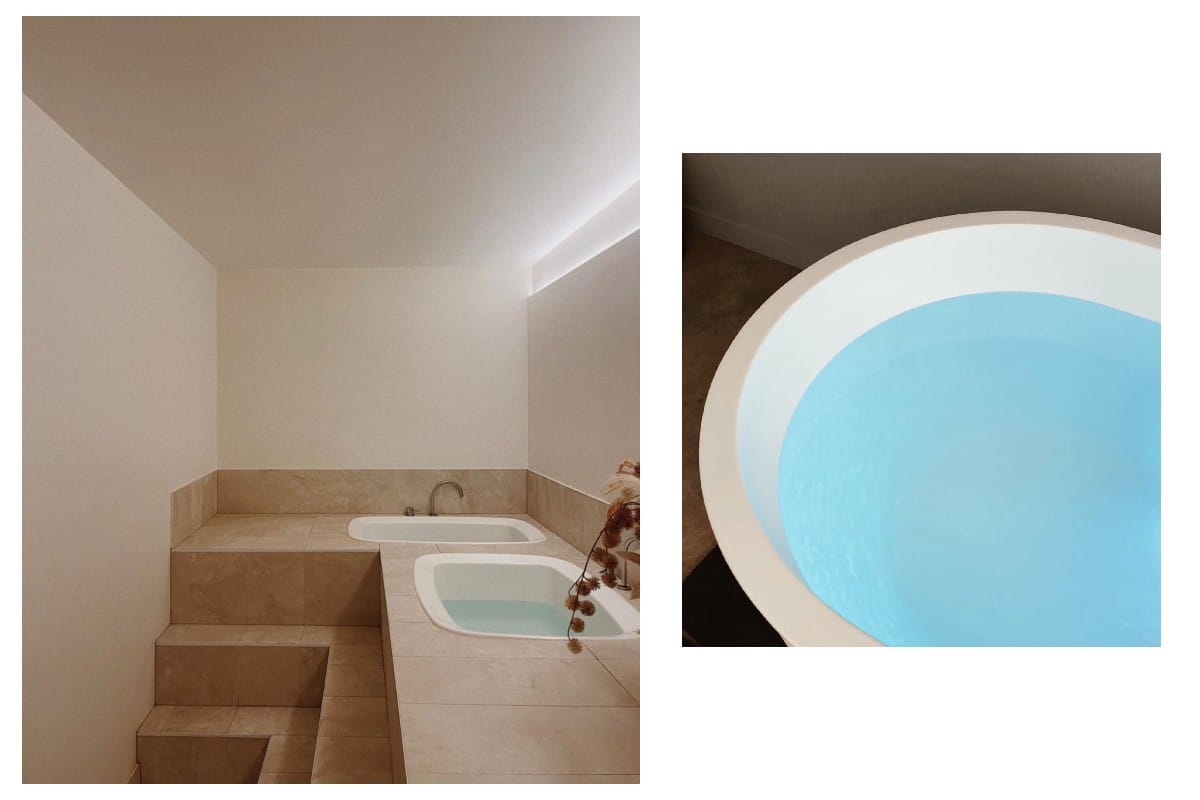
Post-exercise recovery is integral to any sweat session, helping to alleviate muscle tension and soreness that may ensue in the days to follow. One popular method to relieve from soreness is a dip in ice baths, whether it be your entire body or a particular limb. Here, we look into ice bathing and what you need to know before engaging in the practice.
What is an ice bath?
Often referred to as cold water immersion or cold hydrotherapy, ice baths are a form of cryotherapy employing low temperatures in medicinal or remedial treatments. You are likely to be familiar with ice baths as a post-match ritual for athletes to help aid in their recovery after exerting themselves, and the same practice can be employed after general cardio routines at gyms. It is recommended the water temperature for ice baths sits at 10-15 degrees Celsius for optimum efficacy.
How long should ice baths last?
If you enjoy particularly cold temperatures for extended periods, you may be tempted to stew in an ice bath for a prolonged time. However, this can be a detriment to your recovery. When ice bathing, plunge a single limb or your whole body in the tub of water for 10-15 minutes at a time, however do not exceed 15 minutes as there is a risk of hypothermia and frostbite. With this, if you notice skin discolouration or changes, take this as a sign to exit the ice bath immediately.
When in an ice bath, you can wear warm clothing on the top part of your body if only the lower half is immersed in water, and you are also able to consume hot liquids like tea or decaffeinated coffee if you don’t wish your body temperature to drop too low.
Once out of an ice bath, you do still need to exercise a degree of caution. Avoid taking a shower immediately after an ice bath as it is best to let the body warm on its own, instead of shocking it with hot water. However, after around 10 minutes if you don’t feel you are warming naturally, then you can have a shower to raise your temperature.
Before engaging in ice bathing, it is important to check with your health professional, especially if you have a health condition such as heart disease, high blood pressure, poor circulation or diabetes. Your health professional can also asses if you are dealing with an underlying condition, which may impact your risks associated with ice bathing.
While ice baths are ideal of aches and pains, they are not recommended for those currently ailing with a fracture, tendon or ligament tears.
What are the benefits of ice baths?
There are four primary benefits of ice bathing, including:
- Ease muscle aches and soreness
The greatest benefit of ice bathing beyond its mediative feel is simply rejuvenating the body and restoring it after an intense workout. The cold temperatures can be a relief to the sore, burning muscles after they have been rigorously exercised.
- Supports your central nervous system
Partaking in ice baths can help your central nervous system through aiding in sleep and, as such, making you feel less fatigued through the day. Additionally, it may help improve reaction time and output in future exercises.
- Limits inflammatory response
By decreasing the local temperature after exercise, this may help limit your inflammatory response, which decreased the amount of inflammation in the body pos-workout and allows you to recover faster.
- May help improve mental health
As expected, most people do not enjoy the initial experience of an ice bath and can find the sensation quite painful. However, this improves through relaxing, focusing on breathing and even sensory distractions, like our phones. As such, many will build a tolerance for the cold over time and find it an integral part of their recovery.
So, where does mental health come into this? The resilience and adaptation to the environment can be applied elsewhere, such as in exercise, sport and life when moments are challenging and require an extra dose of motivation.
Where can you find ice baths?
Before you fill up a tub with ice and water in a DIY effort, there are facilities across Australia that offer the cryotherapy.
Nimbus Co. – Bondi and Byron Bay
View this post on Instagram
At Nimbus Co. you will find both infrared sauna studios and an ice bath facility, available at both their Bondi and Byron Bay locations.
Slow House – Bondi
View this post on Instagram
A hop, skip and jump from Nimbus Co. in Bondi, you will find Slow House where you can experience ice bathing in an elevated spa setting.
My Recovery Lounge – Port Melbourne
View this post on Instagram
For those looking for a sportier vibe than a relaxing, wellness studio, My Recovery Lounge in Port Melbourne is an ideal location for ice bathing post-workout.
Alongside the above, you can find ice bath facilities at many health clubs and spas across the country, and your current gym may already have the facility within its site.
Image: Instagram



